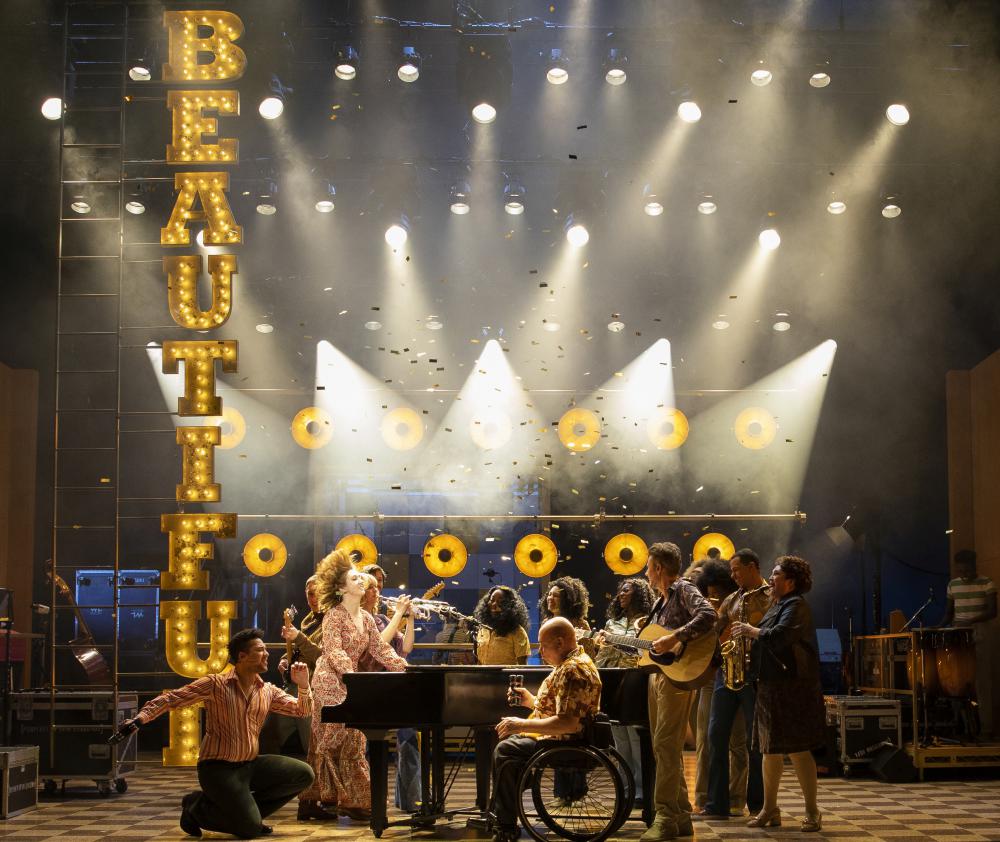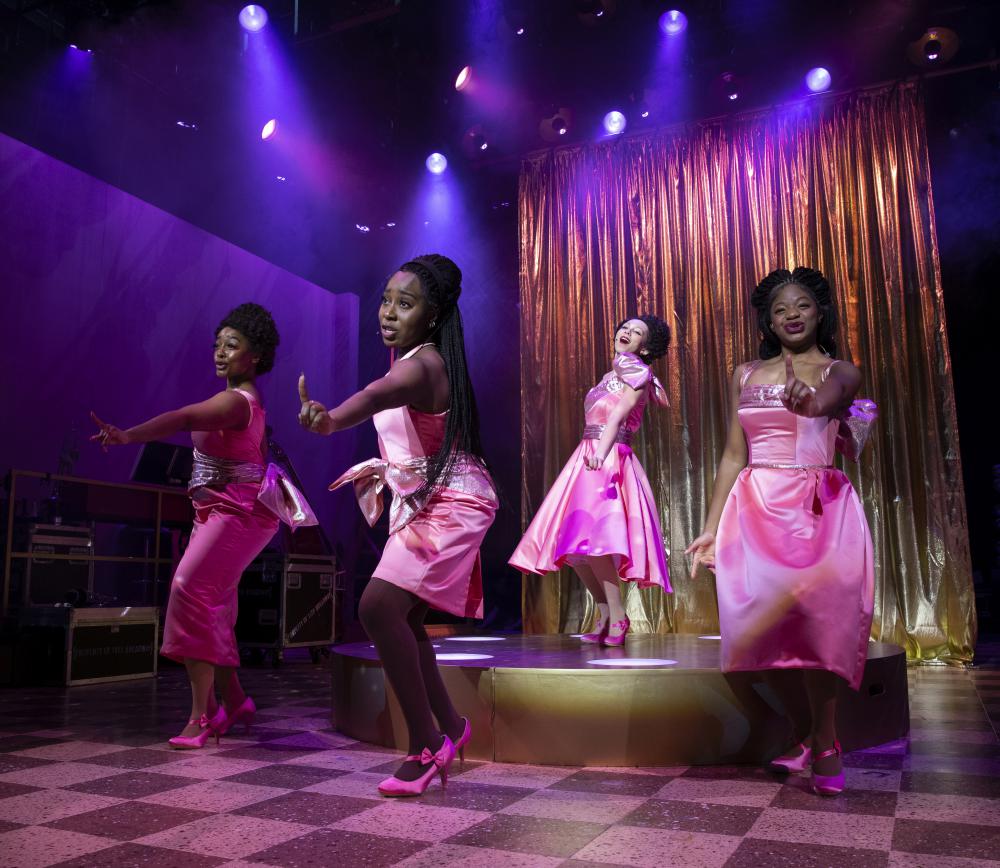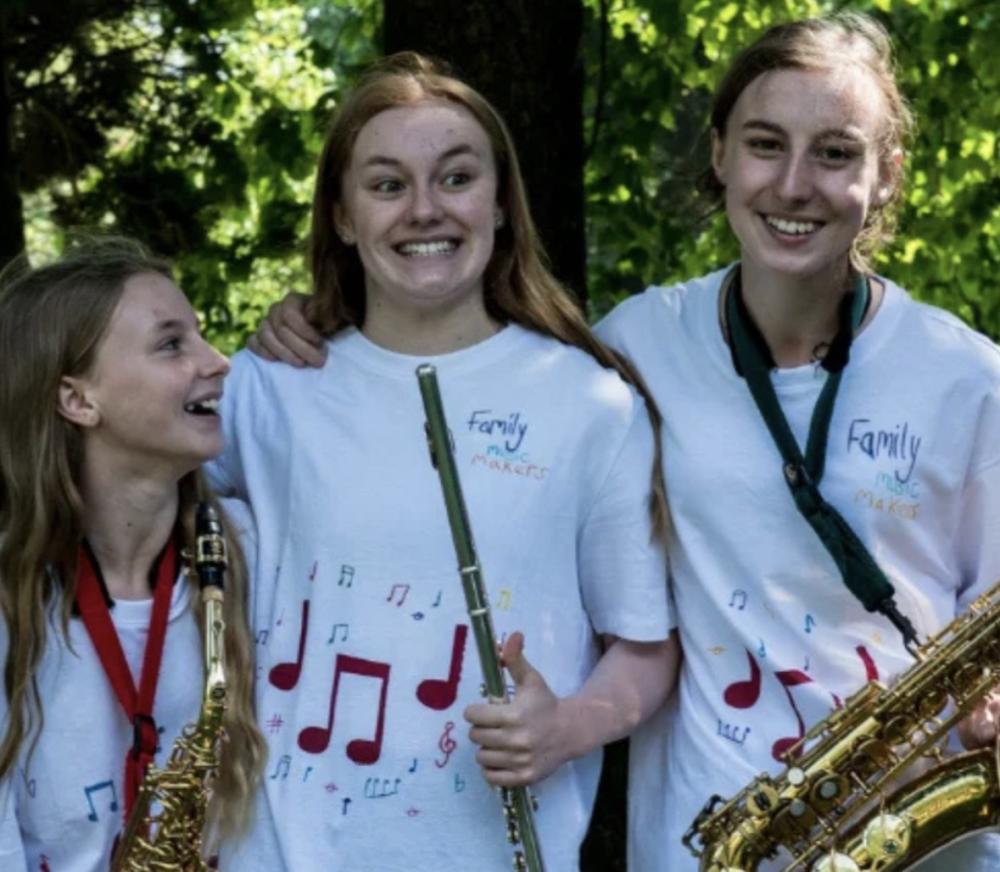Swindon Link’s Jessica Durston attended the opening night performance of Beautiful: The Carole King Musical, at Oxford’s New Theatre.
What a night. What a musical. What a woman.
If you were not already a fan of Carole King, Beautiful is sure to convert you.
The production – directed by Nikolai Foster - is set across the 60s and 70s, in and around New York and Los Angeles. It follows the story of artist Carole King from the age of 16, right up to the time when she puts together her iconic album ‘Tapestry’ in the early 70s, and gets a booking at Carnegie Hall.
The musical delves into the story of Carole’s tumultuous relationship with her song writing partner - and for a while, life partner - Gerry Goffin. Also featuring heavily within the plot is King and Goffin’s friendship development with famous song writing duo Barry Mann and Cynthia Weil.
The stripped-back show is wholesome, pure, and charming, and feels like it embodies the laid-back and warm soul of King herself. The musical numbers would burst out of the story - helping to shift the narrative along - and although Carole’s tale is tragic in places, Beautiful is overwhelmingly joyful and heart-warming.
Molly-Grace Cutler had big shoes to fill, taking on the lead role - and fill them she did. She brought warmth, comedy and passion; and her vocals blew listeners away. Her performance was evocative of Carole without it feeling cheap, or two-dimensional.
Cutler’s renditions of the tracks from Tapestry were redolent of the 70s songstress. You could hear the similarity in tone without it feeling like an impersonation or a reductive ‘karaoke night’ performance.
Molly as a 16-year-old Carole delivers a line towards the start of the first act, explaining that all she wants to do is write songs that make people feel like they have a friend when they listen to them. This was a poignant quote and as an audience member, I think you really do feel like you have a friend in these musicians that are telling their stories on stage.
The funny dialogue and clever quips draw you in and you feel yourself falling in love with the entire cast, whilst the soundtrack containing all of these wonderful, recognisable, songs, line up one after another.
I felt like I was inside a jukebox from the 1960s – and I didn’t want the experience to end. The hit songs kept coming and audience members were reminded that King and Goffin or Mann and Weil, were behind the majority of the most-loved tracks of the decade.
These tracks in question included ‘It might as well rain until September’, ‘Take good care of my baby’, ‘Will you love me tomorrow?’ ‘You’ve lost that lovin’ feeling’, ‘The Locomotion’, ‘Walking in the rain’ and more.
The ensemble cast members would fill the roles of The Shirelles, The Drifters, Neil Diamond, The Righteous Brothers and other iconic stars of the decade, and gave show-stopping performances. When they were not busy as these 60s pop icons, they would return to their roles as members of the recording studio team with slick and efficient scene and costume changes.
As if their vocals alone were not impressive enough, the majority of the cast could play one or more instruments, and would do so for each number to provide the backing band. Steve Sidwell’s orchestrations were inspired throughout – particularly during the 1650 Broadway Medley scene in the first half.
Additionally, Leah Hill’s choreography was carried out so effortlessly by all, and felt connected to the period. The Drifters’ dance numbers in particular, were fantastic, and the simultaneous roller skating and singing from ‘Little Eva’ during ‘The Locomotion’ was no small feat.
I love a showtune as much as the next person, but I must admit it was refreshing to see a musical that was made up of pop songs, sung effortlessly without going too ‘Broadway.’ The show renewed my appreciation for Carole King, and for popular music from the 1960s and 1970s in general.
While we are on the subject of songs and the vocal elements of Beautiful, I feel I must mention Jos Slovick who was playing the role of Barry Mann. He garnered the most laughs with his snappy dialogue, and vocally, was equally as impressive as leading lady Molly-Grace Cutler. His rock’n’roll performance of ‘We gotta get out of this place’ brought the house down, and his rendition of ‘Walking in the rain’ was so tender and beautiful, it was goose-bump inducing.
The stage is set like the interior of a recording studio for the majority of the show, to bring audience members right into the action. There were other set pieces that would glide on and off the stage to suggest a change of scenery, but ultimately the recording studio backdrop was at the heart of everything – just like music is at the heart of Carole King’s story.
The various instruments that belonged to the ensemble cast were hung on the walls, or were placed out on stage. The piano was an integral part of the set, and was wheeled on and off, but hardly ever left the stage. This allowed Molly as ‘Carole’ to hop on and play at any given moment.
When other set pieces were required, they were moved efficiently and quickly, even though they obviously had some weight to them. Transitions were disguised with music from the ensemble cast and their musical instruments, which worked effectively and helped things to flow.
Another unique element of the show was the fact that there was no curtain pulled up or down between the two acts. The cast would simply wander on to the stage and take their positions with their instruments and chat amongst themselves in character. This helped immerse the audience, signal that the show was going to be starting again, and added to the overall ‘stripped back’ feel of the musical.
Beautiful by no means feels like a budget musical, but there is not the sense of over the top glitz and glamour which can be customary for a lot of stage shows. It’s refreshing. The musical takes a more easy-breezy approach, although you can sense that a lot of work has gone into bringing everything together to achieve this.
This idea was matched with Edd Lindley’s costume design. The outfits felt period and reminiscent without looking overly ‘costumey’ or like garish 60s/70s pieces you can find in fancy dress shops. The pieces for ‘Carole’ were recognisable – particularly the dress they have Molly-Grace Cutler in that looks almost identical to the one King wore during a 1971 concert, live from the BBC.
The glitzier and more glamourous costumes were only worn by those portraying the 1960s pop icons. This juxtaposed Molly-Grace Cutler’s more humble everyday wardrobe for ‘Carole.’
Furthermore, Ben Cracknell’s lighting design choices were subtle, and more on the minimal side. There was a rig with capital letters spelling out ‘Beautiful’, and a lighting strip round the outside of the stage, which acted like a frame. It would light up at intervals during the show.
Cracknell’s warm lighting choices of golds and yellows, along with brighter spots, brought a light sunshiney feel and helped provide a background for naturalism. The spots would only change when the more tragic scenes within the narrative were taking place, and a ‘moodier’ setting was required. Additional spotlights and flashier set pieces were then rolled on for the ‘showbiz’ numbers from The Shirelles and The Drifters.
This musical is really special. Of course the show’s main focus is the story of Carole King’s climb to fame as a song writer, but Beautiful is about more than just that. It takes audience members on a journey through the music industry of the time, explores themes of love, friendship, and heartache, and inspires people not to give up on their dreams.
If you’re a Carole King fan, a 60s/70s music fan, or just a human with ears, you should strongly consider booking yourself a ticket to this show.














Your Comments
Be the first to comment on this article
Login or Register to post a comment on this article